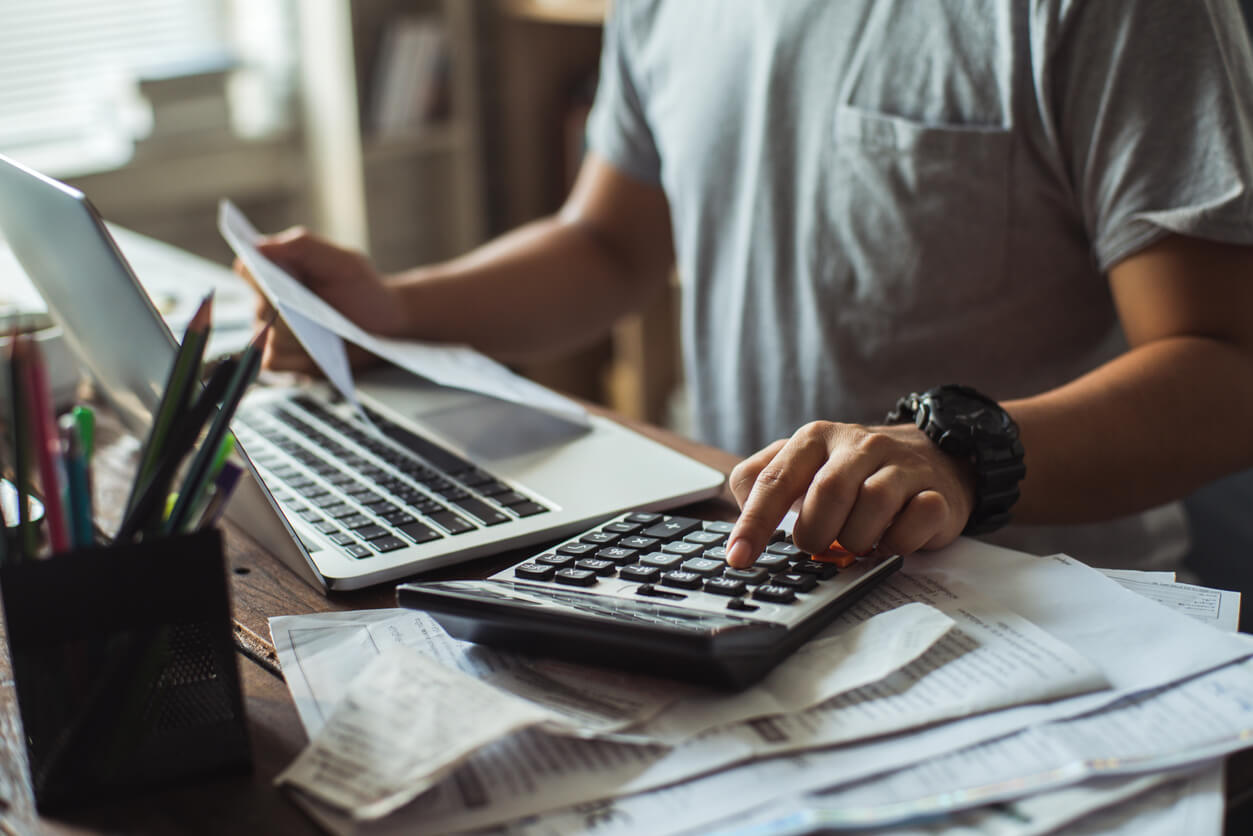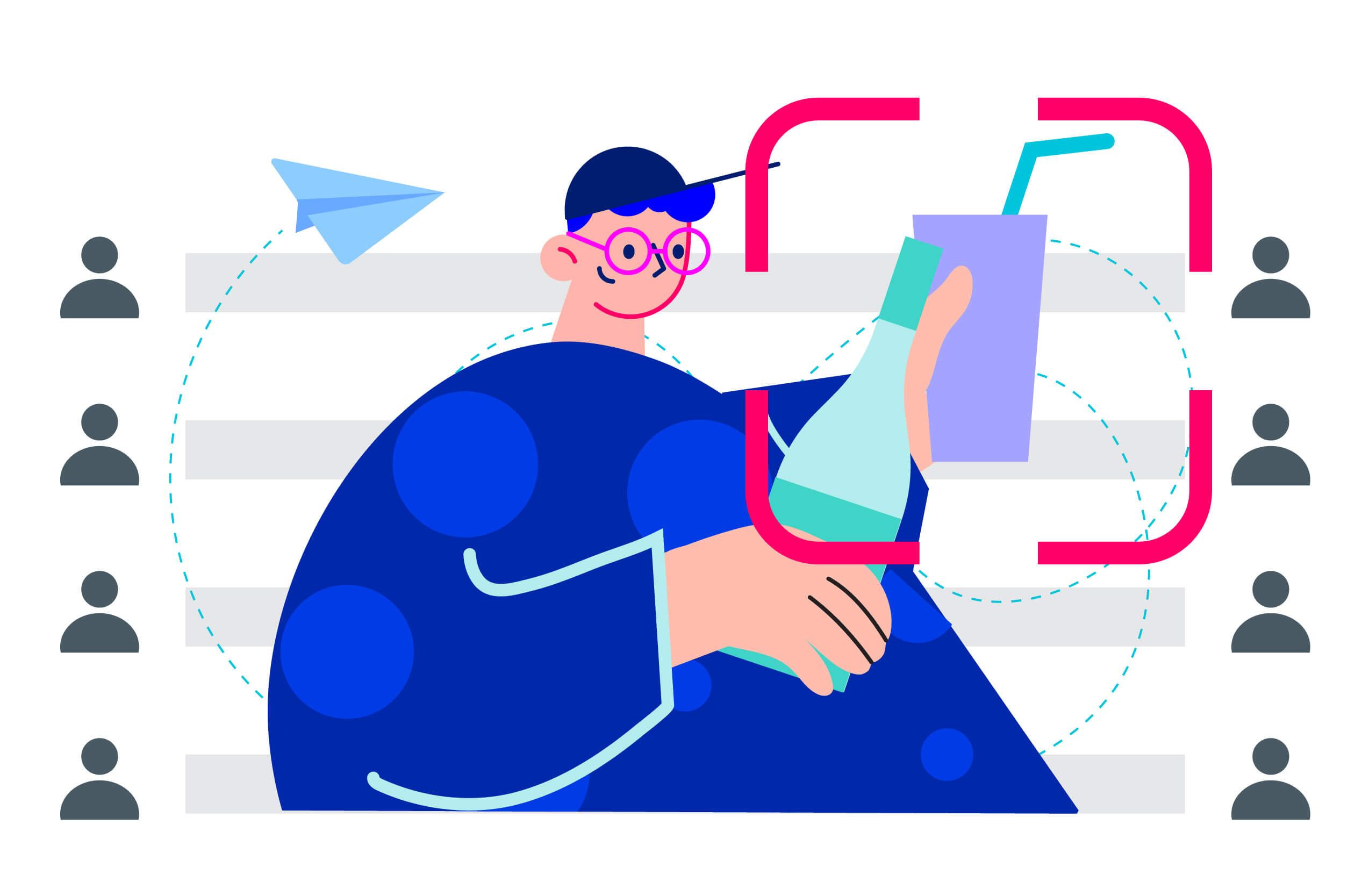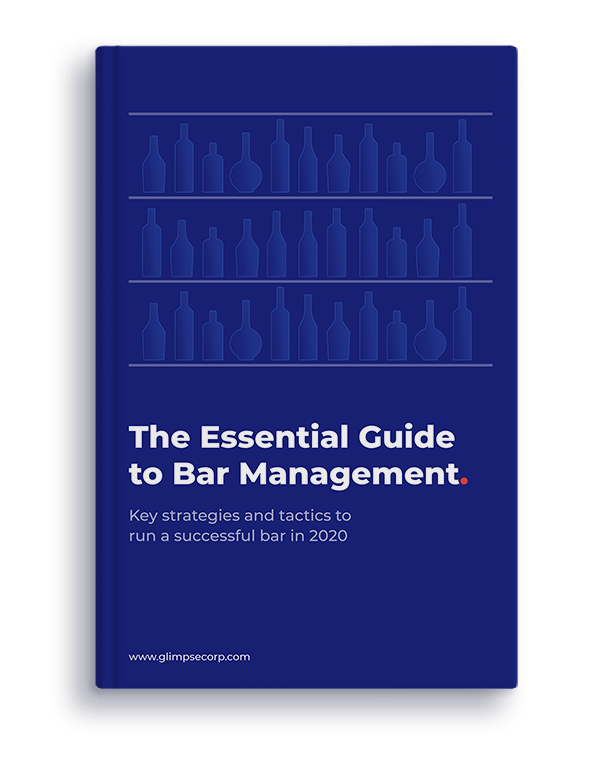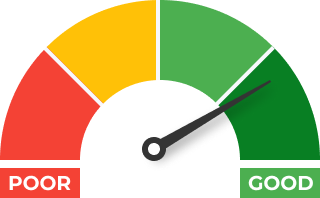A successful bar starts with great atmosphere, excellent customer service, and a quality drink and food menu. But it doesn’t stop there. You also need to cover all your expenses and generate a profit. One of the biggest challenges you face is controlling your beverage and food costs. Managing these expenses is crucial to your business success and profitability.
Here’s how to optimize your drink and food costs to stay on top of your expenses.
1. Standardize Food & Drink Recipes
Establishing a standard for each of your recipes ensures that both quality and consistency are maintained. Each of your bartenders needs to follow the same recipe when mixing drinks and cocktails, otherwise you have no control of your liquor and mix costs.
Using the same format for each, list every drink in a cocktail bible by drink name, listing ingredients, measurements, and the directions for mixing. Make sure all your bartenders can easily access these recipes. As well as a printed copy behind the bar, download recipe templates and load them onto iPads for use behind the bar.
Standard recipes also need to be set for food items on your menu. Your kitchen staff has to know the exact amount of ingredients for each item, including the number of servings and precise portions. If you have more than one bar or restaurant, standardizing recipes helps you control and maintain consistency across all locations.
2. Set Drink Prices for Optimal Profit Margins
The majority of your profit comes from your drink sales. Keep this in mind when pricing each drink and cocktail. If you price too high, you’ll drive away your customers. If you price too low, you’ll lose revenue and soon be in the red. You want to come up with a price in the middle that pulls people into your bar and that generates profit.
Use these calculations to help you determine your drink price for each cocktail:
First, calculate your liquor cost per ounce:
Bottle price / Ounces per bottle = Liquor cost per ounce
For example, a standard bottle contains 750ml or 25.4 oz. If the bottle costs $40, the liquor cost per ounce would be $40/25.4 oz = $1.57 per ounce.
Next, calculate the total beverage cost:
(Liquor cost per ounce*Amount used) + Cost of other ingredients = Total beverage cost
So if a drink requires 1.5 oz and garnishes cost roughly $0.60, the total beverage cost would be ($1.57*1.5) + $0.60 = $2.96.
Lastly, estimate the price you should charge:
Total beverage cost / Target pour cost (usually 20%) = Estimated price per drink
So if the beverage cost is $2.96, then a price that gives you sufficient profit would be $2.96 / 0.2 = $14.80.
This should give you a good indication of the price you should charge for a given drink or cocktail. However, use these calculations to start your research rather than end it.
If you rely solely on cost, you may end up charging less than you should given your target market and competition.
So while you should factor in your costs, try to estimate the maximum you can charge based on your area, competitors and customer persona. Then, experiment with prices that fall within the range of what your customers are willing to pay and the minimum price at which you’re willing to sell.
3. Implement Pour Policies
Over pouring can quickly add up and cost you thousands of dollars against your profits. To avoid this loss, you need to train your bartenders, so they understand and follow the correct pouring practices and policies.
Jiggers and ball pourers
Have your bartenders use bar tools such as jiggers and ball pourers to prevent over pouring and to keep cocktails consistent in taste and quality.
Track spillage and free drinks
It’s not just over pouring that will increase your drink costs – spilled drinks and complimentary drinks to your loyal customers also add up. Keep track of these costs by recording them and regularly reviewing the number of free drinks your employees are serving. When the cost becomes noticeable and starts eating into your profits, it’s time to take action by limiting the number of free drinks each employee can serve.
4. Be Cautious With Drink Specials
Just like complimentary drinks can increase your bar costs, so can drink specials and promotions. Whether it’s Happy Hour or drink specials on certain days of the week to bring in more business, these promotions can increase your drink costs if you’re not seeing a higher volume of customers through your door.
With any campaign you launch to attract more clientele to your bar, take the time first to evaluate your profit and loss margins. Are the lower prices of the drink specials you’re offering enough to raise your sales volume and see a profit? Sometimes the payoff isn’t worth the cost – when this happens it’s time to re-evaluate Happy Hour.
5. Check Profitability of Recipes
You’ll need to control the cost of food items on your menu in the same way you control beverage costs. Maintain a database for your food dishes and recipes. Regularly calculate the cost of each item, including the cost of delivery, food, and spoilage. This lets you formulate a menu price that allows for a good profit margin.
Once you know the cost and profitability of each individual thing that comes out of your kitchen you can review your menu at least once a month. Menus are always changing due to cost – remove those items that aren’t selling well or that don’t make a profit. Then replace these items with ones that sell better and are more cost-effective to prepare.
6. Supervise and Control Inventory
One of your best tools for controlling cost is inventory management. You need to know exactly what products you have in stock and how much of each. Every dollar you have tied up in inventory is a dollar against your profits.
Do a weekly inventory to determine if there are any discrepancies and irregularities in the count that can point to product loss, including employee theft. With Glimpse, you can make this process less painful by utilizing video recognition technology. You’ll get an automatic report that highlights areas of risk and non-compliance so every drink in your bar is accounted for. Learn how it works.
For the inventory process, assign the task to one or two reliable employees at most. When weekly inventory is complete, carefully compare sales invoices for each product against the actual count on hand. You need to avoid both overstocking and understocking to keep your costs manageable, taking into consideration product cost and shelf life.
7. Categorize Profits and Loss by Item
It’s much easier to manage your profit and loss records if you’re able to break down menu items into categories. Divide your menu costs into two different sections – drinks and food. This way you’re not calculating profit and sales margins from drinks and food combined. This breakdown not only lets you manage cost by each section, you’ll also be able to see trends in pricing and cost across all your locations.
For even more insight into the financial gains and losses of items on your menu, break down categories even further than just beverages and food. Have more categories within each, such as alcoholic drinks and non-alcoholic drinks, wine and beer, and appetizers and main meals.
8. Hire Reliable and Trustworthy Employees
You count on your staff to efficiently help you with the daily operations of running a bar. This means they have access to liquor and food at all times, including before and after work. This access can be tempting to some of your staff, which is why up to 25% of your profit loss can be the result of theft and employees giving away free product to their family and friends. Other causes of loss include errors, negligence, and a disregard for the policies and processes you’ve established.
When interviewing candidates for hire, don’t just find out if they have the experience and skills to work behind the bar, in the kitchen, or in front of house. Just as important is determining if they have the characteristics and personality your bar needs such as reliability, trust, and being a team player.
9. Use Smart Technology
You can improve your cost management and increase efficiency by using smart technology and bar software tools. The advantages of smart technology includes fewer errors and access to data and reports that can help you control costs. Software to consider include apps for mixing drinks correctly, accounting software to accurately maintain your business and employee costs and payroll, and Glimpse to help you manage your operational costs.
The most common technology used in bars and restaurants is a point of sale system (POS). With multiple features, you can use your POS system for sales tracking, inventory management, employee management, and to increase employee productivity.
Installing security cameras is another way to use smart technology. Video cameras not only protect your customers and staff, they also reduce employee theft. Your employees are less likely to steal when they know they’re being watched. Go a step further and integrate Glimpse with your POS system to evaluate employee behavior and identify any areas of risk or lost revenue in your bar. Schedule your free demo now.
Conclusion
Staying on top of your expenses is key to your business success. One of the biggest reasons bars fail is not being able to manage their costs. They end up suffering huge losses when they can’t keep their drink and food costs in check.
When you take the time to look closely at your cost management strategy, you’ll be able to identify each of your costs, taking both preventative and corrective action to maintain a healthy profit. Utilizing the guidelines here can help you control beverage and food costs so you can increase your bottom line and enjoy the personal and financial rewards of running a successful bar.










 +1 (786) 292-2373
+1 (786) 292-2373 insights@glimpsecorp.com
insights@glimpsecorp.com





